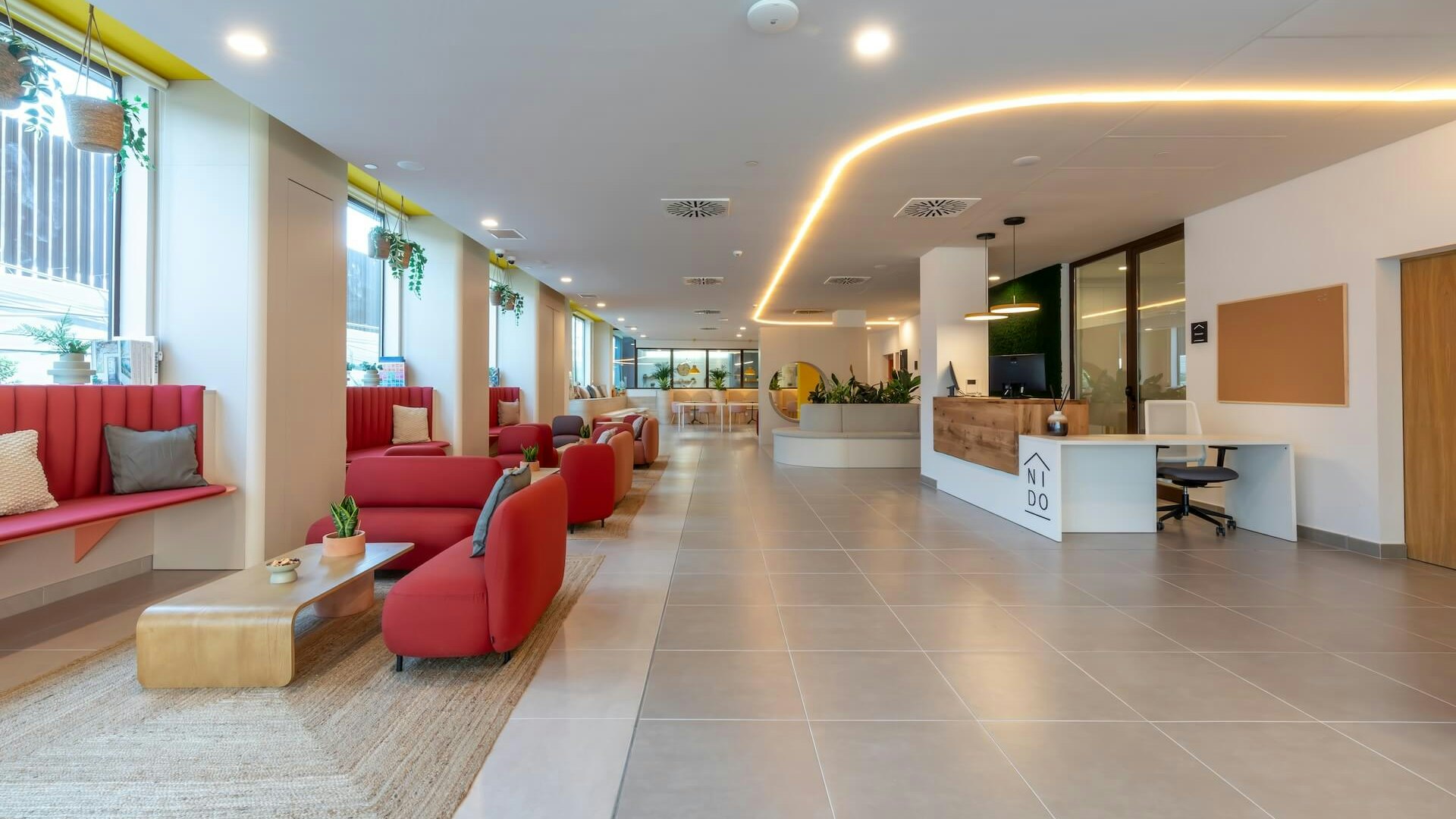
Technology must be right for each PBSA asset to deliver optimal performance and customer experience.
In the purpose-built student accommodation (PBSA) sector, technology and living assets are lifelong partners. From targeted sales and marketing and UX driven online booking systems, to facilitating the customer experience once students are in, technology plays an increasingly vital role.
21 August 2025 • 1 min read
In the purpose-built student accommodation (PBSA) sector, technology and living assets are lifelong partners. From targeted sales and marketing and UX driven online booking systems, to facilitating the customer experience once students are in, technology plays an increasingly vital role.
By Tony Allen, Operations Director, Nido Living
But as with many things, one size doesn’t fit all, and one off the shelf app won’t suit everyone. The key with technology is to ensure it is functional, intuitive, and actively elevates the experience of the individual. Otherwise, it won’t be used and the opportunities for data capture, resident insights and as many high scoring reviews might be lost.
At Nido Living we have a variety of students across thousands of beds in different European cities living with us. As an integrated platform, we want to capture what they want and need from their accommodation. This insight informs how we acquire new sites, design buildings, and deliver an exemplary living experience.
That journey begins well before students move in and an asset becomes operational. At the pre-operational or mobilisation phase is where experience-led technology sets the tone.
We have developed our own seamless online booking journey on our new website, allowing students from around the world to get a feel of what it’s like to be part of a Nido community, what the development will look like, and what experiences are on offer. In fact, more than half of Nido students do not visit their accommodation prior to booking.
We offer a range of living products for them to choose between, all of which must be accurately represented online to match the real-life physical design and experience when they arrive. We deliver our students a resident application that helps them to network, understand the location they will live in, the amenities they can choose from, and events they want to book. It also allows us to communicate with them, as well as manage maintenance requests and parcel deliveries.
Operationally, we monitor efficiency and sustainability of our buildings via another tool that provides real-time insight into our ESG performance, helping us identify areas for improvement. Though these tools are different, they are designed to be integrated so they work together to create a cohesive experience to provide valuable insights from day one, and continually enhance the experience of our residents. They are in actual fact, vastly different products. This is by choice – we need them to work for the relevant purpose they support.
Our resident app is powered by a third party, personalised by Nido and integrated with TULU, smart access control, and our laundry provider, all of which provides residents choice from household items to room and building access to amenity bookings whilst giving us feedback as to how the buildings are being used. It helps us to tailor offerings and ensures that students get exactly what they need when they need it.
Our sustainability platform is powered by Utopi, an off the shelf product that many Build to Rent and PBSA providers use. But, here is the difference. When operating across Europe in different climates, with different utilities and infrastructure, it cannot simply be off the shelf. We are therefore pioneering a partnership with Utopi whereby we can customise the platform, its dashboards and reporting to work with these different variables and capture what we need, per location and residence.
We recently took the decision to enter the flex living market in Spain, with two hotel-style assets offering shorter tenures alongside the longer student rental contracts. Hotel style booking is a completely different journey and experience, and so we have a new PMS – powered by Eviivo – which works better for business traveller and tourist bookings.
We aren’t afraid to use what works best for us, even if that means several different systems to integrate. The key is that they speak to each other, are tailored to the customer, and, above all, enhance their living experience with Nido. It may require more resource, but it returns more in terms of operational efficiencies, loyal clientele, and data insight, which in turn allows us to do a better job.
Which brings me to another point: it’s important to consider the needs of employees too when determining the right mix of tech. After all, they are integral to delivering the customer experience, so their ability to use, understand, and interpret the technology must also form part of the strategy.
Technology can be made as simple and complicated as you like. It sounds complex, having several platforms for different purposes, but that’s for us to work out so that they all appear integrated on the face of it. The key thing is that the customer sees one platform, thinks it’s simple to use, and recognises it as helping them to live a better student life (or enhanced vacation).
Share this post